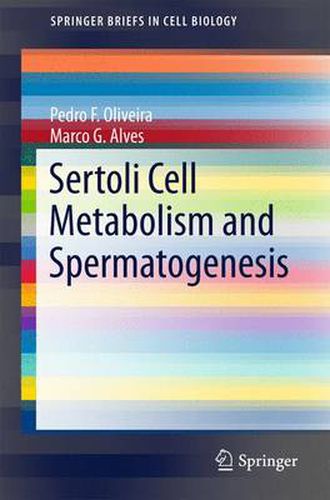Readings Newsletter
Become a Readings Member to make your shopping experience even easier.
Sign in or sign up for free!
You’re not far away from qualifying for FREE standard shipping within Australia
You’ve qualified for FREE standard shipping within Australia
The cart is loading…






This book is focused on Sertoli cell physiology and its role in the spermatogenic event. These cells, known as nurse cells , are essential for the normal development of germ cells by offering not only physical support and creating an immune-privileged environment, but also for providing nutritional support. The presence of Sertoli cells promotes the establishment of the appropriate microenvironment so that spermatogenesis may occur. Spermatogenesis maintenance in vivo is highly dependent on the metabolic cooperation established between Sertoli cells and developing germ cells. For many years this metabolic cooperation between testicular cells has been disregarded, but recent advances have highlighted the relevance of these processes for male fertility. Thus, the understanding of the functioning and regulation of these metabolic processes is a crucial step to identify key mechanisms associated with Sertoli cell (dys)function and to enlighten their influence on male fertility.
$9.00 standard shipping within Australia
FREE standard shipping within Australia for orders over $100.00
Express & International shipping calculated at checkout
This book is focused on Sertoli cell physiology and its role in the spermatogenic event. These cells, known as nurse cells , are essential for the normal development of germ cells by offering not only physical support and creating an immune-privileged environment, but also for providing nutritional support. The presence of Sertoli cells promotes the establishment of the appropriate microenvironment so that spermatogenesis may occur. Spermatogenesis maintenance in vivo is highly dependent on the metabolic cooperation established between Sertoli cells and developing germ cells. For many years this metabolic cooperation between testicular cells has been disregarded, but recent advances have highlighted the relevance of these processes for male fertility. Thus, the understanding of the functioning and regulation of these metabolic processes is a crucial step to identify key mechanisms associated with Sertoli cell (dys)function and to enlighten their influence on male fertility.